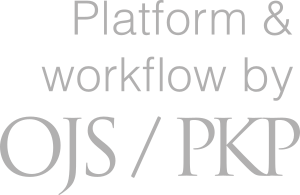Finnish national patient data repository as data source for FINRISK risk calculator
Keywords:
health data, health and wellness sector, risk groups, risk assessment, cardiovascular diseasesAbstract
The FINRISK risk calculator is a tool for the evaluation of the 10-year risk of cardiovascular diseases (CVDs). It is based on a Finnish population survey and is frequently used in Finnish healthcare. Currently, risks are calculated manually by inputting the required values. An alternative source of input values could be the Finnish Kanta Patient Data Repository (PDR). Risk calculation based on the Kanta PDR could enable monitoring of predicted CVD risks at the level of the Finnish population and targeting of preventive healthcare to high-risk individuals.
The goal of this study is to assess if the FINRISK risk calculator can be made to work effectively using only structured data available in the Kanta PDR. We approach the issue from two perspectives. The first is the availability of individual inputs, and the second is the ability to categorize people to risk categories used in healthcare.
The study was based on patient histories of roughly 60 000 persons who met the inclusion and exclusion criteria of the FINRISK risk calculator. The data had been recorded into the Kanta PDR between January 2014 and June 2022. To enable risk calculation even when individual input values are missing, we calculated a minimum and maximum risk for each person based on data that was available at a prediction time point. Risks were predicted at seven different time points between the years 2016 and 2022 to analyse the development of categorization performance over the years.
The highest categorization performance was achieved for the year 2022, where we were able to identify the FINRISK risk category of 1.69% of persons. With additional categories for low or moderate and moderate or high risk, 4.15% of persons could be categorized. The risk level of the remaining 95.85% of individuals could not be specified. The reason behind the poor performance was the inadequacy of input values. Namely, family history of CVDs was not available in structured format and smoking information was rarely found. Information about blood pressure, blood cholesterol, and diabetes were more frequent.
We conclude that population level risk assessment is not viable based on only the structured data in the Kanta PDR. Extracting inputs like smoking status from text data could improve the situation. As the FINRISK risk calculator is often used by inputting structured data into an electronic form, the lack of same inputs in the Kanta PDR highlights incomplete flow of data in the Finnish health data infrastructure.
Downloads
How to Cite
Copyright (c) 2024 Finnish Journal of eHealth and eWelfare

This work is licensed under a Creative Commons Attribution 4.0 International License.






